Fireclay Vs. Cast Iron Sinks: What Are The Major Differences?

When it comes to the world of sinks, there are so many different options you can choose from. This is doubly true with farmhouse sinks, such as those made of fireclay and cast iron. Both of these materials have their loyal fans, but the truth is, they are very different. Trying to figure out which sink material is right for you can be tricky, even if you have a background in kitchen design.
There are several major differences between fireclay and cast iron. The biggest difference is the material itself. Fireclay is a ceramic that is fired in a kiln, while cast iron is a metal that is smithed in a forge. Fireclay is the more aesthetic choice, lighter, and is typically easier to clean. Cast iron is more stain-resistant and durable, but is quite heavy to use.
There are a lot of factors that come into play when you take a look at both sink materials. What works for some people won’t work with others. This guide is written to help you discern what would work best for you.
Do You Need to Hire Sink Installers?
Get free, zero-commitment quotes from pro contractors near you.

The Main Differences Between Fireclay And Cast Iron Sinks
If you are looking for a high-end sink, then both fireclay and cast iron are great candidates. While you could argue that you can’t go wrong with either, there are still some major differences between these two. They include:
- Material
- Price
- Durability
- Installation
- Stain Resistance
To make things easier on people in the market for a brand new sink, we’re going to take a look at each major difference.
Material
The biggest difference between fireclay and cast iron is the material. One is ceramic, the other is metal. That, in and of itself, has several major connotations that are worth discussing. The most important things you will notice about how the material will impact the overall look and feel of your sink are as follows:
- Cast iron sinks are going to be noticeably heavier. Iron will always weigh more than most fully-ceramic sinks. To make things even more heavy, cast iron is generally coated in porcelain for a more sturdy build. It’s bulky! This can affect both shipping and installation.
- Fireclay sinks are easier to customize. Though you can get cast iron in a wide range of different enamels, the truth is that there’s still a wider variety of customizations in both usage and shape through the use of fireclay. That’s to be expected, though. Clay is more malleable.
- Cast iron is the more durable item. Much like how cast iron grills are durable as long as they’re clean, you can expect a sink of this material to last for decades. (We’ll get into this more later.)
- The appearance of cast iron tends to be more rustic or industrial. Fireclay sinks often have a more “farmhouse” look to them, though this is more of a guideline than a rule.
Price
Though both materials are considered to be high-end for sinks, cast iron remains the more popular option. Part of this is due to price. Cast iron sinks cost between $300 to $600 for a typical model, though they can be as high as $2,500. On the other hand, fireclay sinks cost a whopping $600 to $1,200 for an average sink. High end ones typically are $2,000.
As a result of the high price tag, most people who are on a budget avoid fireclay sinks whenever possible. On the other hand, if you like the idea of a pricey status symbol, fireclay might be a better option.
Durability
It’s worth noting that both cast iron and fireclay sinks are considered to be exceptionally durable. How durable, though, depends on the material. Here’s what you need to know on all fronts:
- Enamels and colors on fireclay are more durable. Cast iron enamels are more prone to chipping. If you don’t want to re-paint your sink, go for fireclay.
- A cast iron sink can last as long as 30 to 40 years with proper maintenance. This makes it a “lifetime” choice. Fireclay sinks, on the other hand, can last over 20 years but may struggle to reach the 30-year mark.
- Enamels are less likely to have scratching, chipping, or heat damage. Though iron is impervious to heat and rust, it does have a tendency to scratch. Enamels, however, are far more prone to staining than cast iron.
Installation
In terms of installation, both sinks will have slightly (to very) above-average effort required to put them in your home. Though there are some specific instructions you need to follow to install a fireclay sink in your home, cast iron is the real “diva” of sinks. Cast iron, simply put, is very demanding in terms of installation and often costs a pretty penny to get it properly added.
In order to get a cast-iron stove properly installed, you will need to have additional undermounting support just to ensure it won’t fall. You might also need to buy additional sink parts to fully complete the plumbing install. This is due to the sheer weight that cast iron carries as well as the way these sinks are designed.
Stain Resistance
Stain resistance is a fairly multifaceted issue for both fireclay and cast iron sinks. Both are known for being resistant to stains as well as water issues, heat problems, and impact. However, there’s still more to this issue than meets the eye. Here’s what you need to know:
- Cast iron enamel can chip fairly easily if poorly applied. The good news is that chipping rarely happens in the first 10 years of use.
- Fireclay tends to have the color “cooked” into it when it’s made. This means that you will have less chance of scratching or chipping. The color is literally a part of the sink, rather than something shellacked on.
- Unlike fireclay, cast iron can get prone to rusting. This can turn into both an aesthetic and health issue. Rusting typically occurs when the enamel on the sink fails, but it can be prevented. To avoid rust on your sink, make sure not to use abrasive or caustic cleaners when keeping your sink spotless.
- Fireclay has the major disadvantage of picking up stains over time. The enamel on cast iron prevents staining from occurring. Unfortunately, fireclay is porous and also isn’t coated with a protective enamel. This means that your sink will probably start to yellow from all those pasta sauces, stews, and balsamic glazes you use.
Which Type Of Sink Is Right For You?
Truth be told, both sinks are excellent choices for a typical farmhouse kitchen setup. They are both excellent choices in terms of quality and durability. The real difference comes down to what you want to get more of, your budget, as well as your own general preferences. Of course, cast iron tends to be the more popular of the two…but that doesn’t mean you shouldn’t choose fireclay.
Cast iron sinks are better if you want long-term durability and aren’t opposed to fixing enamel chips once in a while. While they are not easy to mold and customize, they come in a nice range of colors and are affordable. On the other hand, fireclay can actually be molded into a unique shape and is easier to install. However, it costs a pretty penny and may not last as long.
If you’re feeling unsure of the right choice for you, the best thing you can do is talk to a kitchen designer. They’ll be able to deduce which one is the right pick for you..
Do You Need to Hire Sink Installers?
Get free, zero-commitment quotes from pro contractors near you.

Related Questions
How do I get rid of a cast iron sink?
After removing the cast iron sink from your kitchen’s setup, place the cast iron sink on a pile with any other scrap metal that you may have. In most areas, you can recycle the cast iron sink with the rest of your scrap metal without any issue. In fact, some recycling centers will even pick it up for you, no questions asked.
What is the easiest sink to clean?
While cast iron and fireclay are both widely lauded for their ease of use, they are not the easiest sinks to clean. That honor belongs to stainless steel. Stainless steel sinks only require a perfunctory wipe down, and they can be cleaned with almost any substance. Because of its exceptional durability, stainless steel is the go-to sink material in most professional chef settings.
How do I get my porcelain sink to get white again?
Over time, you will notice that your porcelain sink will stop being as white as it once was. While it is not always possible to fully remove stains from a sink, there are a couple of ways you can do it. Pouring hydrogen peroxide on your sink and letting it sit overnight is one of the easiest ways to brighten your stained sink.Other people have successfully used baking soda scrubs as a way to clean a sink. However, the results of this can be mixed depending on the type of sink you have as well as the “elbow grease” that’s applied to it.
Related Guides

Ossiana Tepfenhart is an expert writer, focusing on interior design and general home tips. Writing is her life, and it's what she does best. Her interests include art and real estate investments.
More by Ossiana Tepfenhart



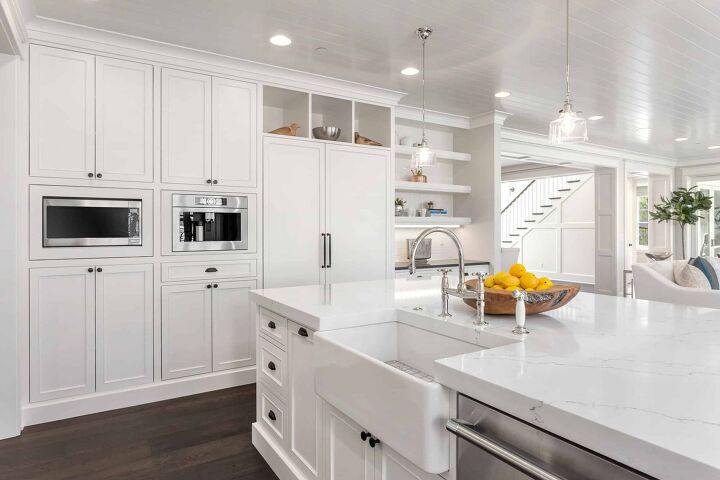






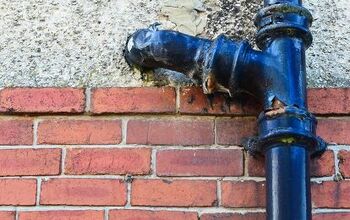

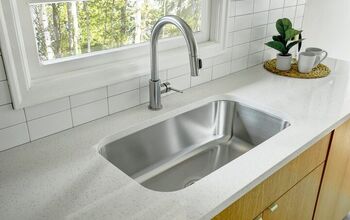
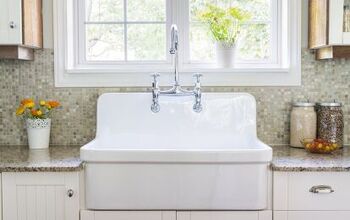




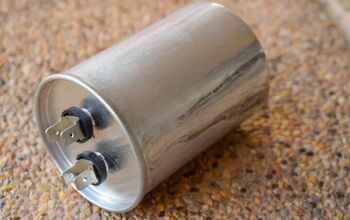


![Standard Dining Room Table Dimensions [for 4, 6, 8, 10 and 12 People]](https://cdn-fastly.upgradedhome.com/media/2023/07/31/9074335/standard-dining-room-table-dimensions-for-4-6-8-10-and-12-people.jpg?size=350x220)





